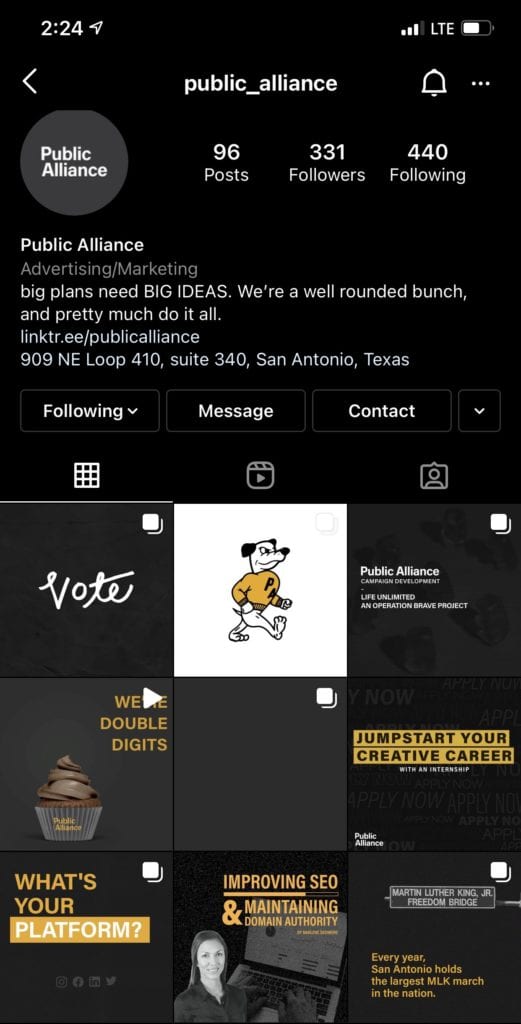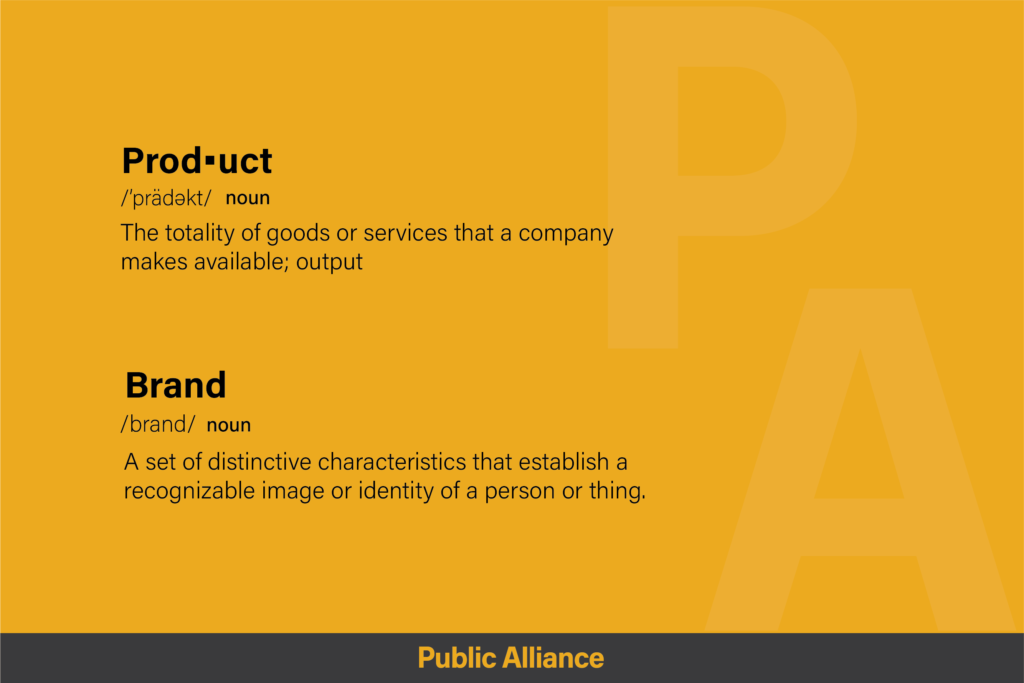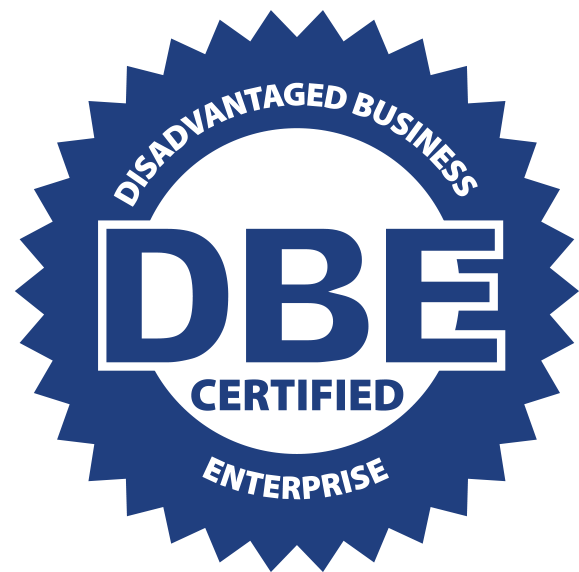Product: The totality of goods or services that a company makes available; output
Brand: A set of distinctive characteristics that establish a recognizable image or identity of a person or thing.
A really good product can still be replicated. A really good brand, however, has the power to distinguish that product from competitors. This is why a product is nothing without the support of a powerful brand. When a brand becomes strong, it conveys emotions that go beyond whatever product you are offering. It creates a lasting impression that customers experience when they see, hear, or think of you. The goal is for that impression to convince them to choose your product over another.
It’s crucial to differentiate yourself, especially if you aren’t the first mover in your category. Learn and research your audience and give them a reason to want to be a part of your mission. The first step is building awareness. Once people recognize your brand, you can begin to paint a picture for them as to what your brand means and what it stands for. Think of all this as brand equity. You are putting effort into your company that may not directly translate into a cash value right away – things like good customer service, brand ambassadors that reflect your values, social media posts, etc. Later down the line, all of these things will contribute to resonance. At this point, customers have developed an attachment with your business that will convince them to repeat purchases.
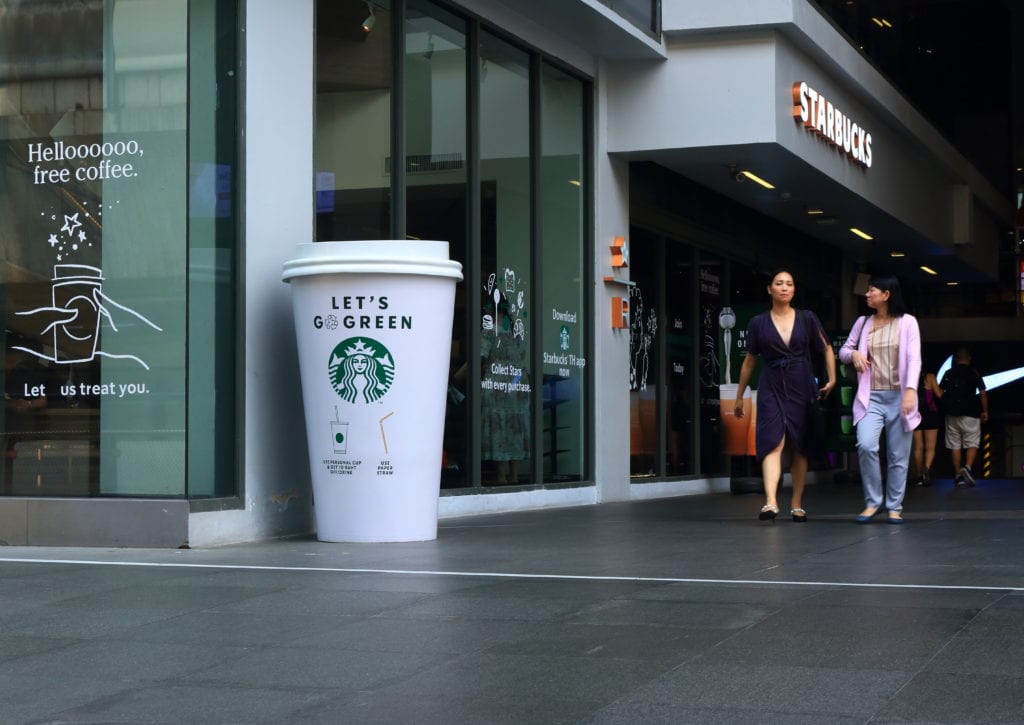
A good example of this “brand effect” is Starbucks. What started out as a local coffee shop in Seattle has turned into the biggest coffee chain in the world. Although there are plenty of other quick coffee spots offering a better deal, the majority of people still choose to pay $6 for a cup of coffee. According to Harvard Business Review, this has had a big effect on the bottom line. Today, 40% of coffee is sold at premium prices, suggesting other brands have attempted to imitate their strategy. Premium positioning can sometimes lead to a poorly perceived brand image, but Starbucks has made up for this by resonating with customers in other areas. You probably haven’t noticed very many Starbucks advertisements – that’s because they don’t depend on them. Word of mouth has made Starbucks what it is today. The brand relies on organic posts, reward programs, and corporate social responsibility to maintain its relationship with customers. For example, Starbucks is committed to offering ethically sourced products, minimizing its environmental footprint, and investing in employees. It makes this clear in its mission statement and store initiatives like adding the sippy cup lid to reduce plastic. Overall, people’s perception of the brand is what makes them feel okay spending more on a cup of coffee.
Today in our digital world, it is important that companies convey their brand by reaching and engaging through social media. Instagram has unofficially become the designated platform for brand building – especially for lifestyle brands – although all the platforms work in conjunction for other purposes like lead generation, engagement, and networking. Given the aesthetic nature of Instagram, it seems to be beneficial when companies establish a visual identity for their brand on their feed. Most do this by exhibiting a “theme” on their profile.

GoPro’s Instagram feed could be identified out of a group easily. GoPro takes advantage of the success of visual content and posts user-generated content straight to their feed. By featuring videos from followers or perhaps “fans” on their profile, people are encouraged to engage with their content. GoPro has built its cult following by differentiating itself from other camera brands. They curate engaging content with customers rather than for customers, all for the purpose of fostering community.
Hopefully after identifying a few examples, and examining their success, you can see that a good product means nothing without brand equity. There are so many ways to claim your brand’s place in an industry, you just need to find an identity that differentiates it from the others.
Remember that products are always innovating and there is always the threat that someone will come along with something bigger and better, but brands are timeless. If you need some help, just hit us up, and for more branding tips, check out our Instagram!
